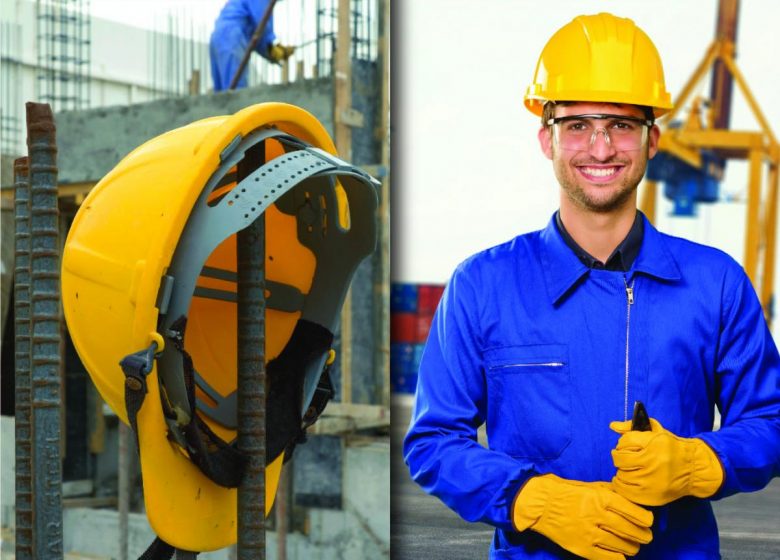Are you struggling to get your workers to wear the proper PPE? If so, you’re not alone. A survey of 1,000 safety professionals found that a failure to wear PPE was the second-leading cause of injuries in the workplace.
Here are four elements to keep in mind if you’re wondering how to improve your PPE program.
1. Comfort
The results of a recent survey published by Occupational Health & Safety show that 70% of respondents found PPE to be too uncomfortable or too hot. Despite these finding, only a quarter of safety professionals were planning on upgrading to more comfortable PPE.
Providing PPE that fits better and is more comfortable can go a long way towards encouraging workers to wear the proper protective equipment.
2. Culture
Workplace culture plays a major role in overall PPE compliance. There are several ways to promote a stronger safety culture, including:
- giving workers a method of reporting problems with PPE
- offering positive reinforcement when employees properly use equipment
- providing a common language to discuss safety issues
Encouraging employees to talk to each other about PPE, and making your safety observations and goals publicly available to employees will also do wonders in building a culture of PPE use.
3. Training
It doesn’t matter how comfortable PPE is—whether it’s eye and face protection, head protection, safety shoes, safety gloves, respiratory protection, etc.—if workers are not trained on how and when to wear it. It goes without saying that workers should be properly instructed on equipment use.
But training shouldn’t be limited to when you provide new PPE—you may also need to provide periodic training reminders when workers are transferred to a different department or there is a new hire.
4. State of Mind
State of mind is perhaps the most important factor in influencing PPE compliance. If a worker is rushing or frustrated then this state of mind is going to put them at a greater risk of not following your company’s PPE regulations at that time.
Your employees’ state of mind is also the most difficult factor in PPE compliance to fix—because it’s been proven that simply telling workers to slow down or be less frustrated isn’t an effective solution.
Instead, you need to provide employees with skills that allow them to:
- recognize when they’re rushing, frustrated or tired
- remind themselves to use PPE when they’re more at risk
- fight complacency regarding workplace hazards
Improving PPE compliance in the workplace is possible, but only if you address all four of these factors, especially workers’ state of mind.
Want more information on how to improve PPE compliance? Download a free guide to addressing human factors in your PPE program.

